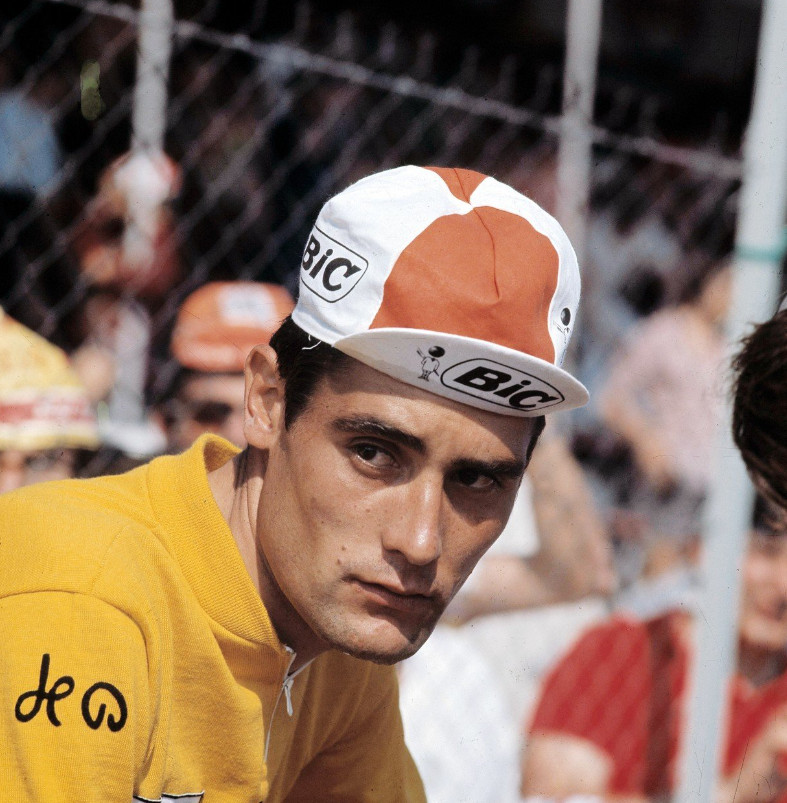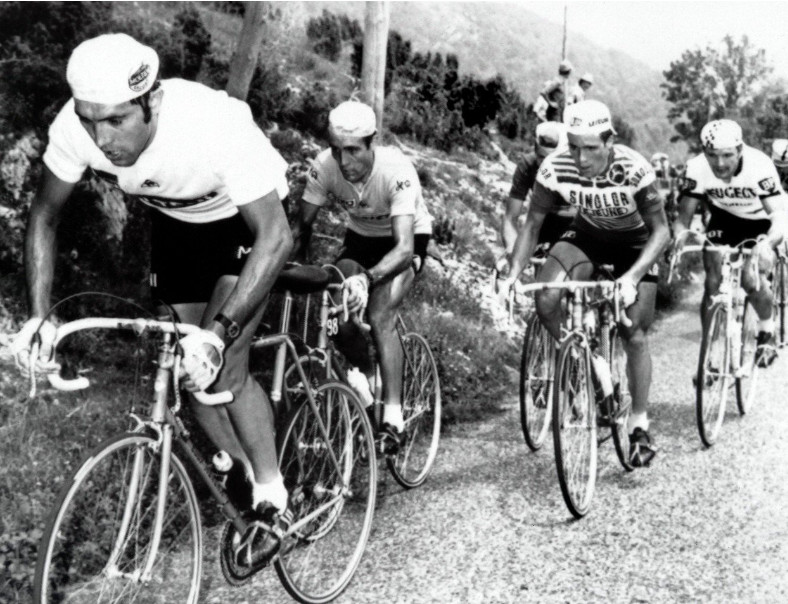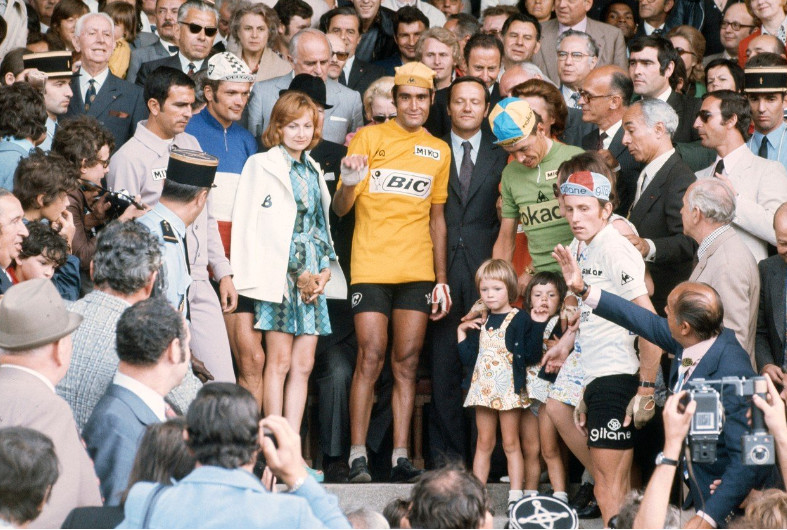The 1971 Grand Bouclé started fast and furious. The second stage saw a group of 15 cyclists finish 10 minutes ahead of the peloton. Eddy Merckx secured the yellow jersey, and it was almost certain that the overall winner would emerge from this group. Ocaña was also present and used the ascent of Puy de Dome in the eighth stage to attack the Belgian for the first time. The Cannibal lost some time, but nothing compared to what happened in the 11th stage.
Ocaña attacked on the climb of Cote de Laffrey, and Merckx couldn’t find the strength to keep up. Every time the motorcycle descended to the chasers, another minute appeared on the clock. None of the GC favorites could believe what they were witnessing.
“After he attacked, I told him to keep the pace because he had a 4-minute advantage over the others,” recalled Ocaña’s team director, Maurice de Muer. “‘Well, it’ll be five soon,’ he shouted back to me. I came back to him shortly, telling him he had those 5 minutes. And he just shouted back that it would now be six. And so it continued.”

It was one of the most memorable stages in the entire history of the Tour de France. Ocaña crossed the finish line with an 8-minute and 42-second advantage over Merckx. 61 cyclists failed to make the time cut due to the Spanish rider’s deadly pace. The organizers had to extend the limit to ensure there would be someone to continue the race.
“I believed the Tour was lost. What Ocaña did was out of this world,” admitted Merckx years after the race.
However, he didn’t give up. In the following stage, Merckx reduced Ocaña’s lead by 2 minutes. The Cannibal pedaled so strongly that he crossed the finish line in Marseille an hour ahead, ruining the city’s celebrations. The local mayor swore never to allow the Tour de France in his city again.

The Belgian hoped to gain more time in the time trial, but Ocaña was only 11 seconds slower. This meant that after 13 days, he led the race with an incredible 7 minutes and 23 seconds. The peloton headed to the Pyrenees next, and the mountains welcomed them with particularly harsh weather—rain, oil, and sand on the road. But none of this mattered to the Cannibal. He pushed to the absolute limit. Unfortunately, in one of the tight turns, he lost control of his bike and fell. Ocaña was right behind and also fell on top of him.
Merckx got back into the race and continued. The Spaniard was ready to do the same, but at that moment, the curse struck. Zoetemelk turned the corner and hit Ocaña from behind with force. The overall leader was airlifted to the hospital, and his hopes for the GC were dashed. There is a memorial at the site of the accident on the Col de Menté in the Pyrenees. Eddy Merckx refused to wear the yellow jersey the next day in honor of Ocaña.
“Whatever happens, I lost this Tour. Because there will always be doubts,” said Merckx after finishing in Paris.

Ocaña had to wait until 1973 to savor his triumph in the Tour de France, but unfortunately, Merckx wasn’t there. The two never crossed paths again at the peak of their forms. The Spaniard continued to battle his curse, facing health issues, team problems, opponents—anyone who was available, really. In the end, he retired to a vineyard in the south of France. Eddy Merckx even helped Ocaña find some clients. But eventually, the business still went bankrupt.
Then came the depressions. Followed by hepatitis. Cancer. And then he pulled the trigger. The boundless and unlucky cyclist died on May 19, 1994. He was only 49 years old.


